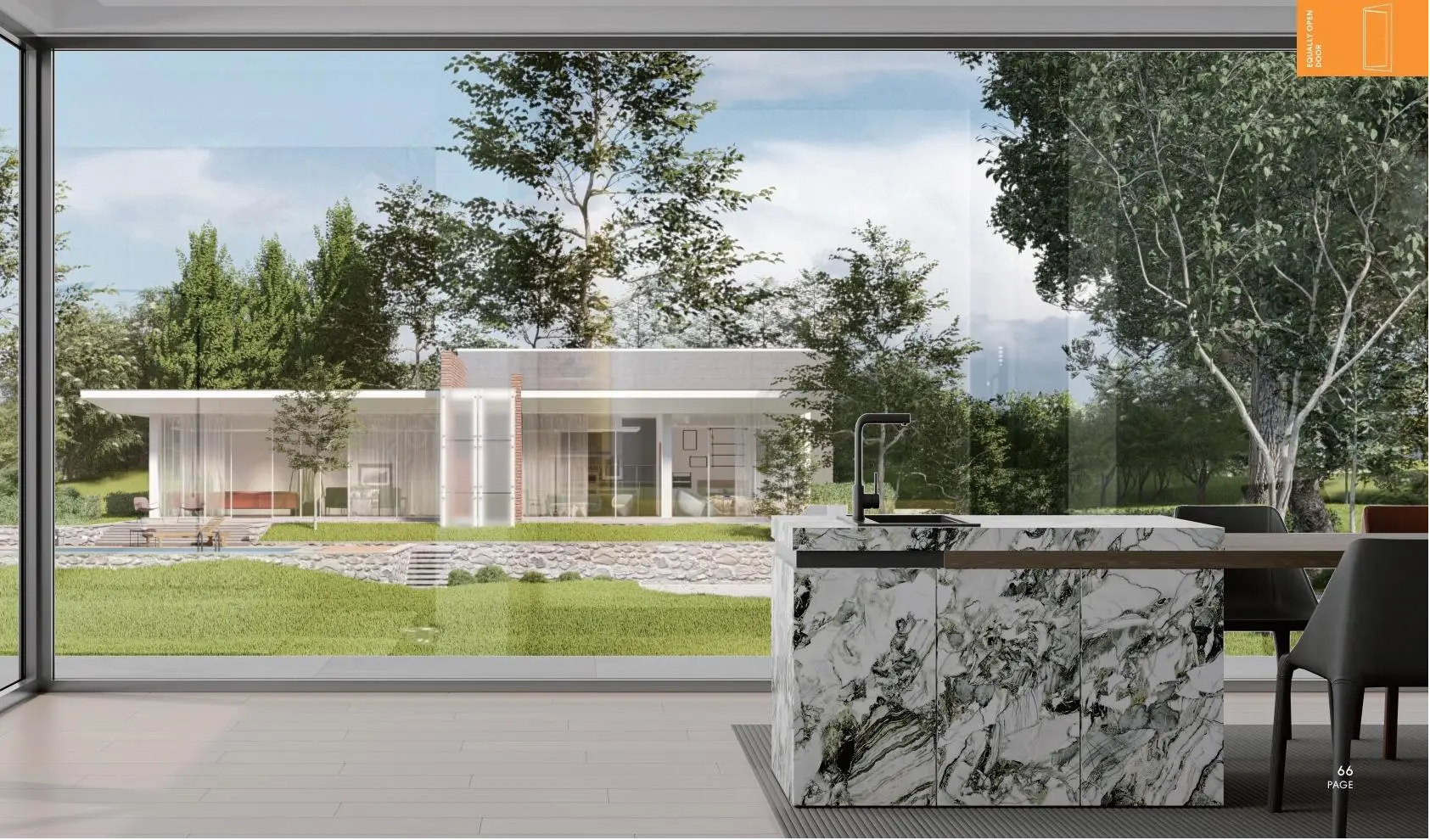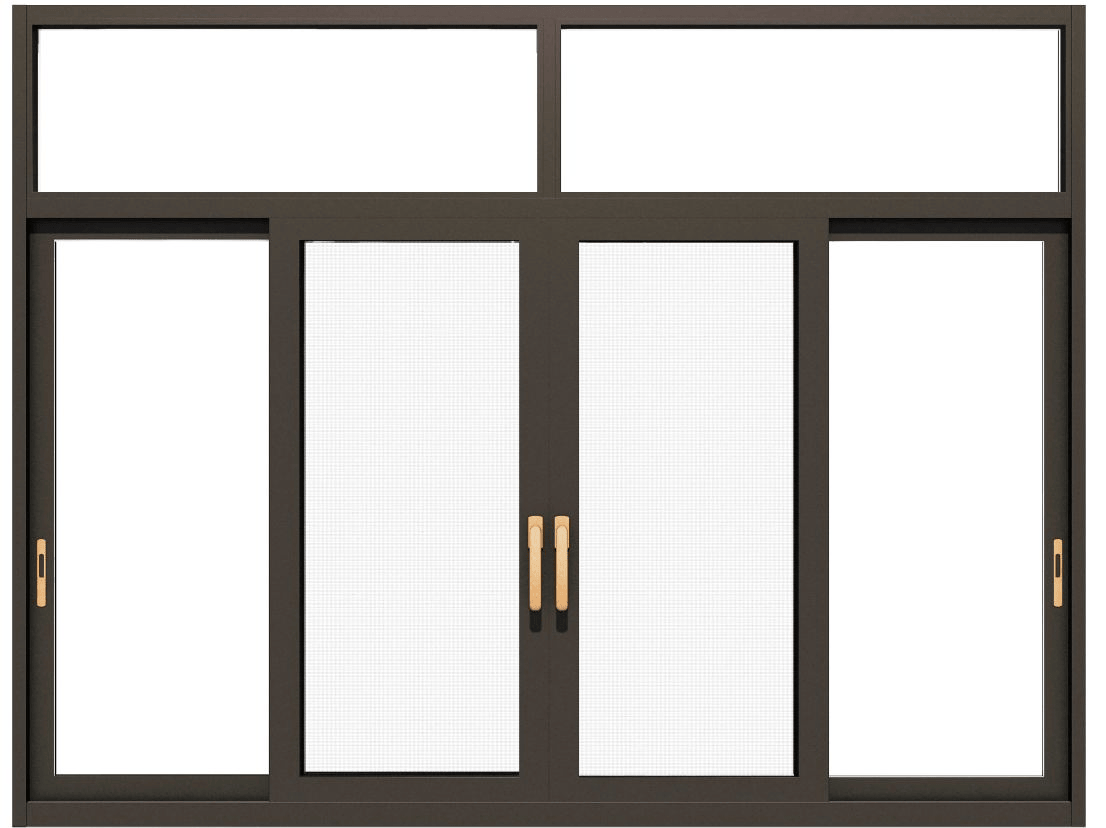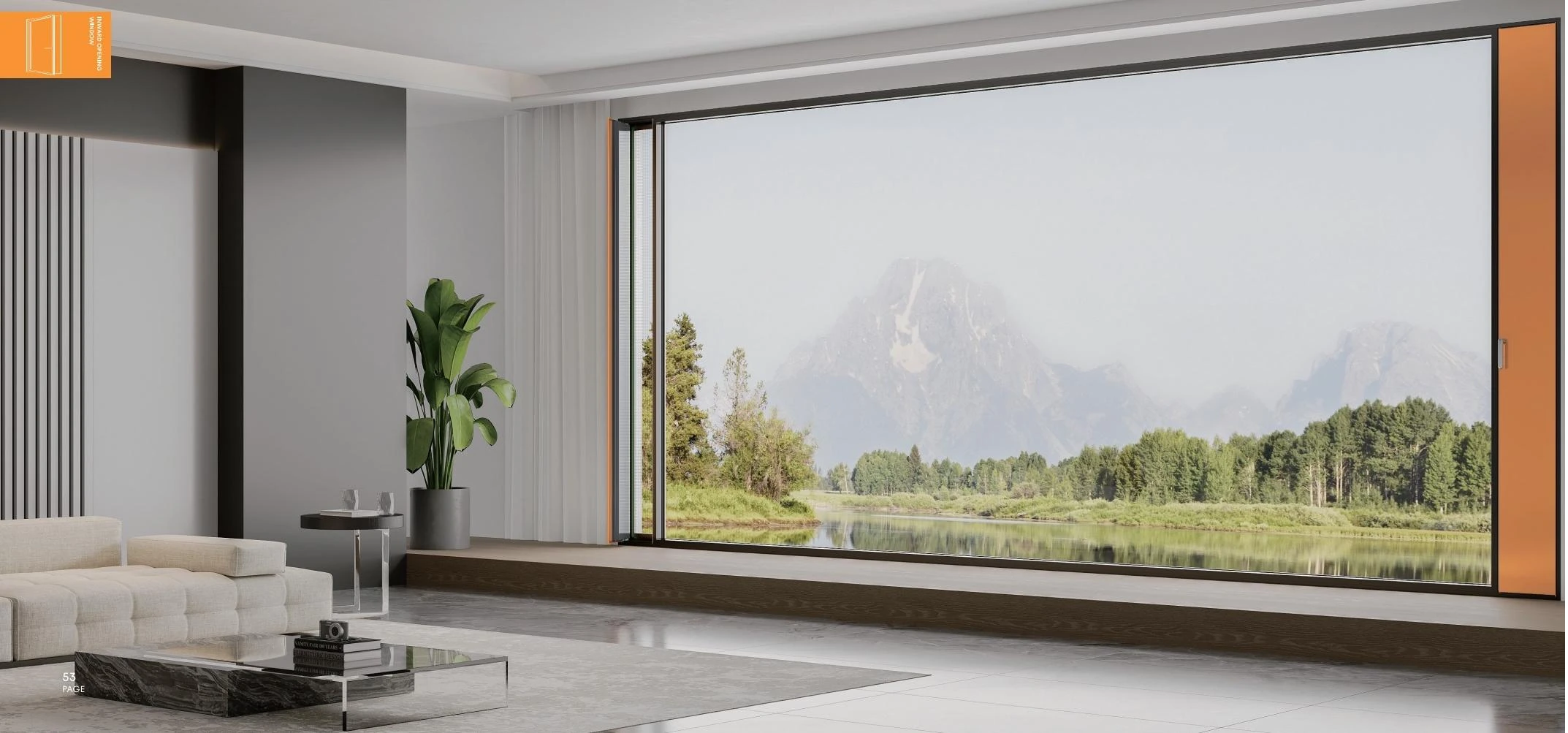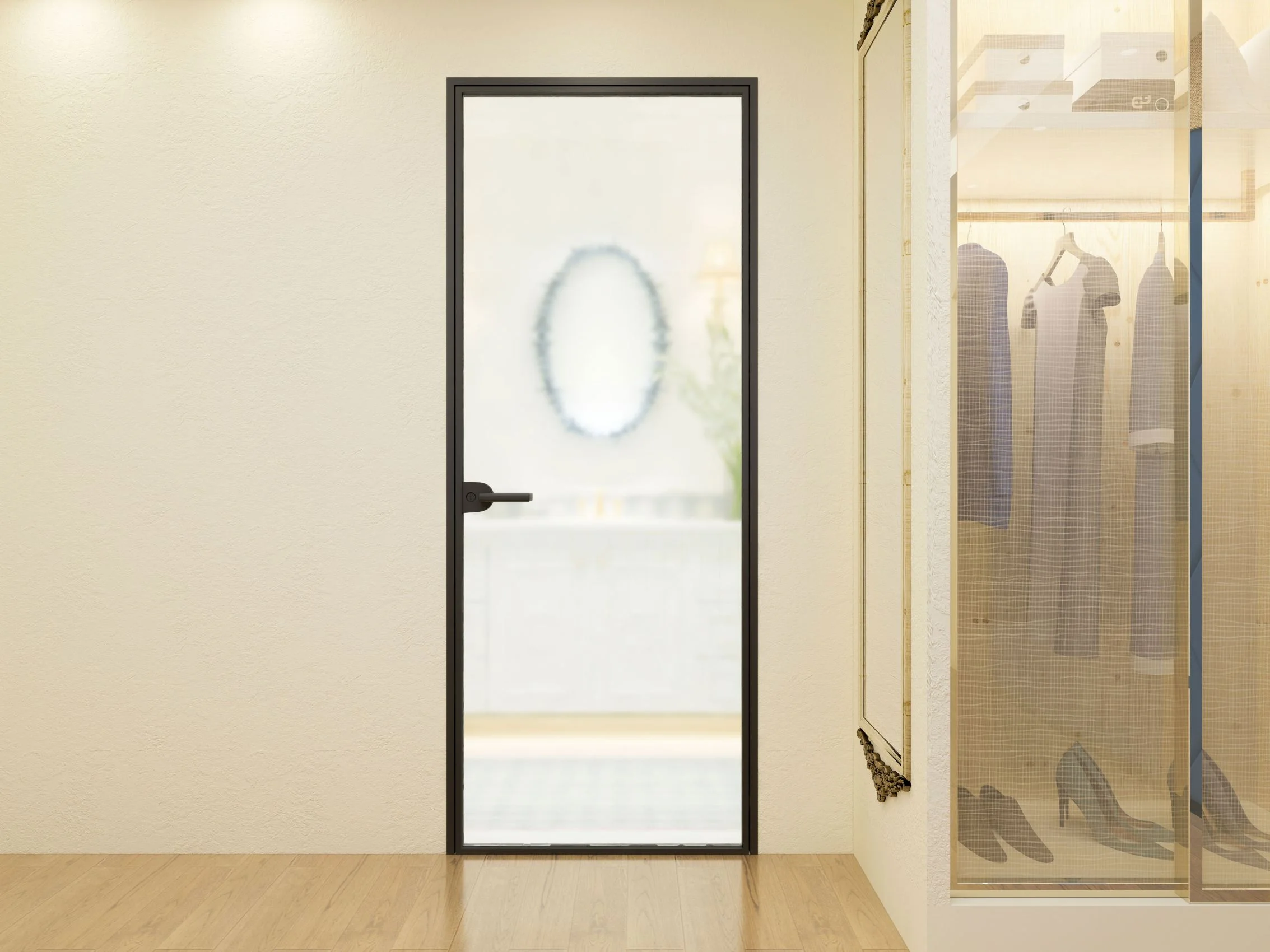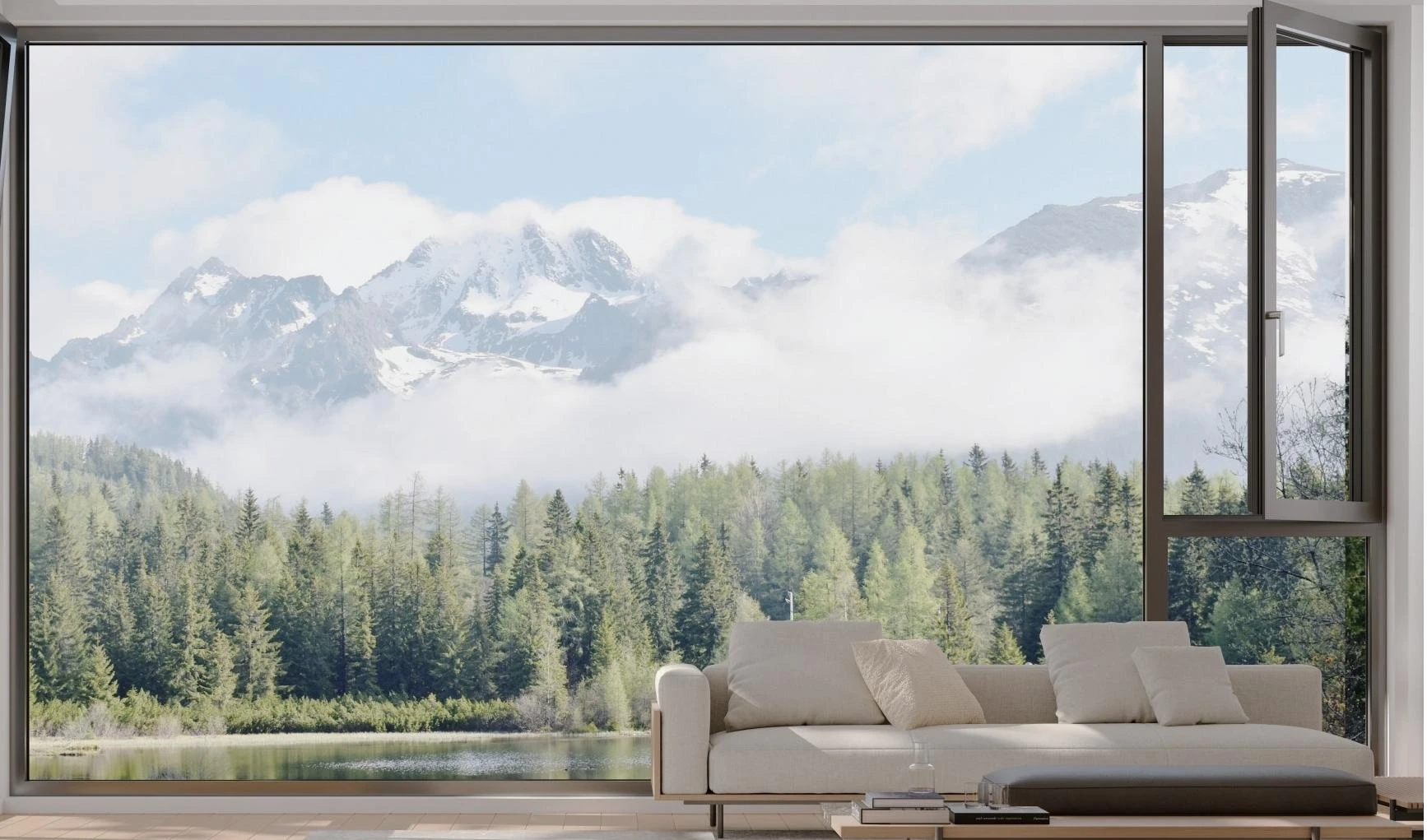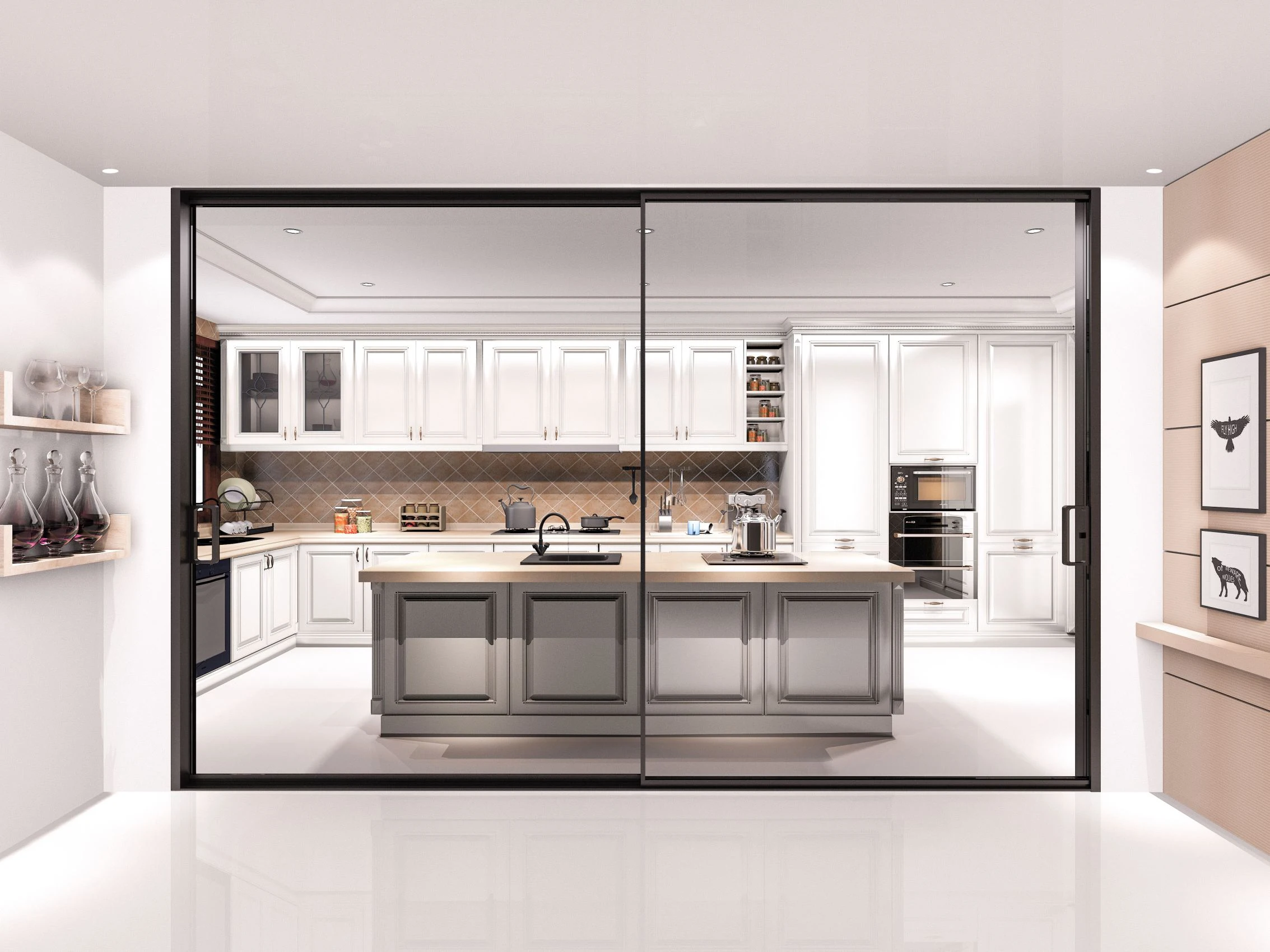In contemporary design, the quest for transparency has gone far beyond looks—it has become a design philosophy. This is best expressed through Outdoors Narrow Bezel Sliding Doors, which merge technical mastery with the timeless desire to blur the line between interior and exterior spaces. These ultra-slim framed sliding systems redefine how light, openness, and scenery are perceived, transforming architecture into living art.
The Evolution of Transparent Architecture
For centuries, walls defined safety and separation. Yet, as architectural thought matured, the relationship between people and their environment began to shift. The introduction of glass façades and large sliding systems marked a new era—one where sunlight, air, and views became integral to comfort and well-being.
Outdoors, thin-frame sliding doors are the next level of that idea. They show the “see-through building” style, where walls go away and the outside feels like part of the inside. These doors, usually made with aluminum slim frames and big glass panels, allow an almost unbroken view of the scenery.
From sea houses to mountain hideaways in the middle of pine woods, these systems change how we live. The focus is no longer on being stuck but on keeping a conversation going between building and nature.
The Essence of Minimal Framing
The main highlight of narrow-bezel sliding doors is basically in their less-framed structure. Normal or traditional sliding doors actually depend on bulky frames for support, but due to modern engineering, designers have managed to reduce visible profiles to just a few millimeters without compromising on strength or safety.
Reduce the aluminum to a nearly invisible line, and you get a 95% glass-to-frame ratio. It is panoramic clarity-every sunbeam, every tree’s shadow, every little reflection fully evident as part of the space that they have walked into.
Visual simplicity belies marvelous complexity. Beneath the elegance are systems of thermal barriers, reinforced tracks, and precision bearings that contribute toward assuring both smooth operation and longevity. The refinement of such a mechanism makes daily movement—sliding the door—an experience of grace and precision.
Connecting Indoors and Outdoors
The guiding principle of outdoors slim frame sliding doors is to merge the inside comfort with the outside freedom. They take away heavy frames floor to floor-to-ceiling transparency makes it real. Is this a living room or a terrace? Bedroom or balcony? Dining area or garden?
Where the seasons change, such systems will allow for adjustments in every season. In the warmer months, easy sliding open of panels welcomes any available breeze; in winter, triple-glazed insulated glass keeps the heat in and still feels visually open. The connection is not only physical but also emotional—residents feel that they are in nature while inside glass.
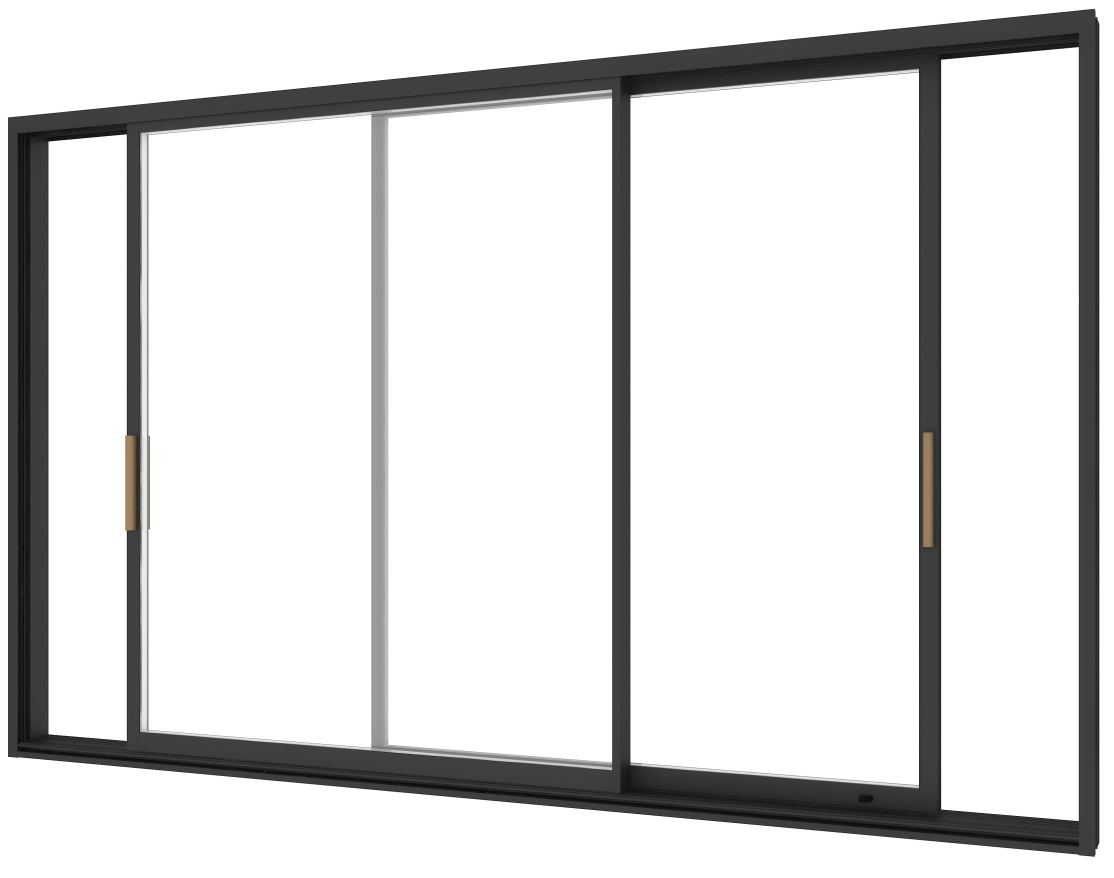
Material Excellence and Durability
A true outdoor sliding solution must be able to resist much more than just weather—it has to resist time. Narrow bezel sliding doors accomplish this using aerospace-grade aluminum alloys and surface coatings combined with weather-resistant seals that stand up against salt air, UV exposure, and wind pressure.
High-performance powder coating or anodized finishes will keep coastal corrosion at bay. Optional electrophoretic treatments further enhance the longevity so that even after decades of exposure, the door still shines on its tracks and functions just as new.
Stainless or reinforced composite tracks permit easy sliding and reduce maintenance. Every part of it, beginning from the drainage systems to compression gaskets, adds up to make the total system resistant to rain, humidity, as well as temperature changes.
The Thermal and Acoustic Intelligence
Comfort is not devoid of beauty. Multi-chamber thermal breaks filled with the insulating material, whether it be polyamide or fiberglass composites, ensure excellent energy performance for outdoor narrow bezel systems, achieving U values below 1.0 W/m²K.
The insulation does not allow heat to enter, therefore energy is saved and a steady indoor climates are maintained. Acoustic engineering is another comfort, advanced sealing, and laminated glass options which can deliver sound reduction levels up to 45-50dB that are supposed to be for the urban penthouse as well as retreat.
Architectural Versatility and Customization
One of the greatest appeals of narrow-bezel sliding doors is their adaptability. Whether in minimalist modern homes or luxury resorts, they enhance architectural coherence.
Designers can specify:
Cornerless systems for uninterrupted views around building edges.
Pocket sliding doors that disappear into walls, creating total openness.
Multi-panel configurations that span entire façades.
Motorized automation for large, heavy panels controlled by touch or sensor.
The modularity of these systems means they can integrate with curtain wall façades, glass balustrades, or structural glazing, forming continuous transparent surfaces that wrap around the architecture.
Enhancing Outdoor Living
In the modern life setup, outside living has gotten huge. Patios, decks, and poolside spots are no more extra places — they have become key parts of the house. Sliding doors with thin frames for outdoors raise this feel by removing walls.
A setting that flows easily from the living area to the outside kitchen, or from a bright office to a covered porch. With sliding doors that can be 20 meters long, all walls can go away, making houses turn into places of light and air.
Low-threshold or flush tracks ensure accessibility and visual continuity steps, with no visual breaks. For the very inclusive, it means wheelchair accessible without any compromise in aesthetics.
Sustainability and Energy Efficiency
Modern architectural ethics demand sustainability, and sliding systems have evolved accordingly. The production of narrow bezel doors now prioritizes recyclable materials, eco-friendly finishes, and low-emission glazing.
Energy-efficient glass, such as low-E coatings and argon-filled cavities, contributes to a building’s overall thermal performance, reducing reliance on HVAC systems. The doors’ durability also reduces the need for frequent replacement, minimizing the building’s life-cycle environmental impact.
Many leading manufacturers comply with international standards such as Passive House certification, EN ISO 10077, and LEED requirements, making these systems viable for green building projects worldwide.
The Aesthetics of Transparency
Minimalism, as an aesthetic principle, has long been associated with purity and focus. Outdoors, narrow bezel sliding doors exemplify this philosophy. They create spatial harmony through simplicity—every line, reflection, and proportion contributes to an atmosphere of balance.
The ultra-slim vertical mullions appear almost invisible when viewed from a distance. When the doors are closed, they form a continuous glass plane; when open, they invite the natural landscape to participate in the architecture.
Light becomes the main design element. Morning sunlight floods interiors with warmth; at dusk, reflections of trees, water, or clouds animate the surface of the glass, creating dynamic, living compositions.
Performance Under Extreme Conditions
For external applications, strength is as important as looks. Luxury thin frame sliding doors and windows are checked in tough conditions—wind pressures reaching 3000 Pa, strong rain, and even earthquakes.
Seals against weather, maze gaskets, and many lock points give safety and water tightness. New drainage setups stop any entry during storms, while top thermal breaks keep the unit working right in extreme heat or cold.
In areas where hurricanes are frequent, the installation of impact-resistant glass and frames that can bear Category 4 winds, thus changing what used to be regarded as delicate glass into a protector of security.
Smart Technology and Automation
The smart systems have actually redefined the approach of users toward architectural elements. Outdoors, slim frame sliding doors can be accompanied by motorized drives, sensor-based openers, and features integrated into smart homes. Smartphone applications or voice commands could control sliding speed, different ventilation modes, or even automatic closing in case of rain detection. Smart glass technology may bring privacy control—making transparent panels opaque at a touch.
These innovations make the doors not only the architectural centerpiece but also the technological interface between human and environment.
Beyond Residences: Commercial and Hospitality Applications
While the allure of narrow-bezel sliding doors is undeniable in homes, their applications extend far beyond. Luxury hotels, art galleries, showrooms, and restaurants all embrace the same principle of seamless openness.
In commercial contexts, they provide:
Expansive storefronts with unobstructed display visibility.
Smooth transitions between indoor lounges and outdoor terraces.
Climate-controlled comfort without visual separation.
The combination of durability, acoustic control, and effortless operation makes them ideal for spaces that host people continuously. They create the illusion of open-air environments without sacrificing climate control or safety.
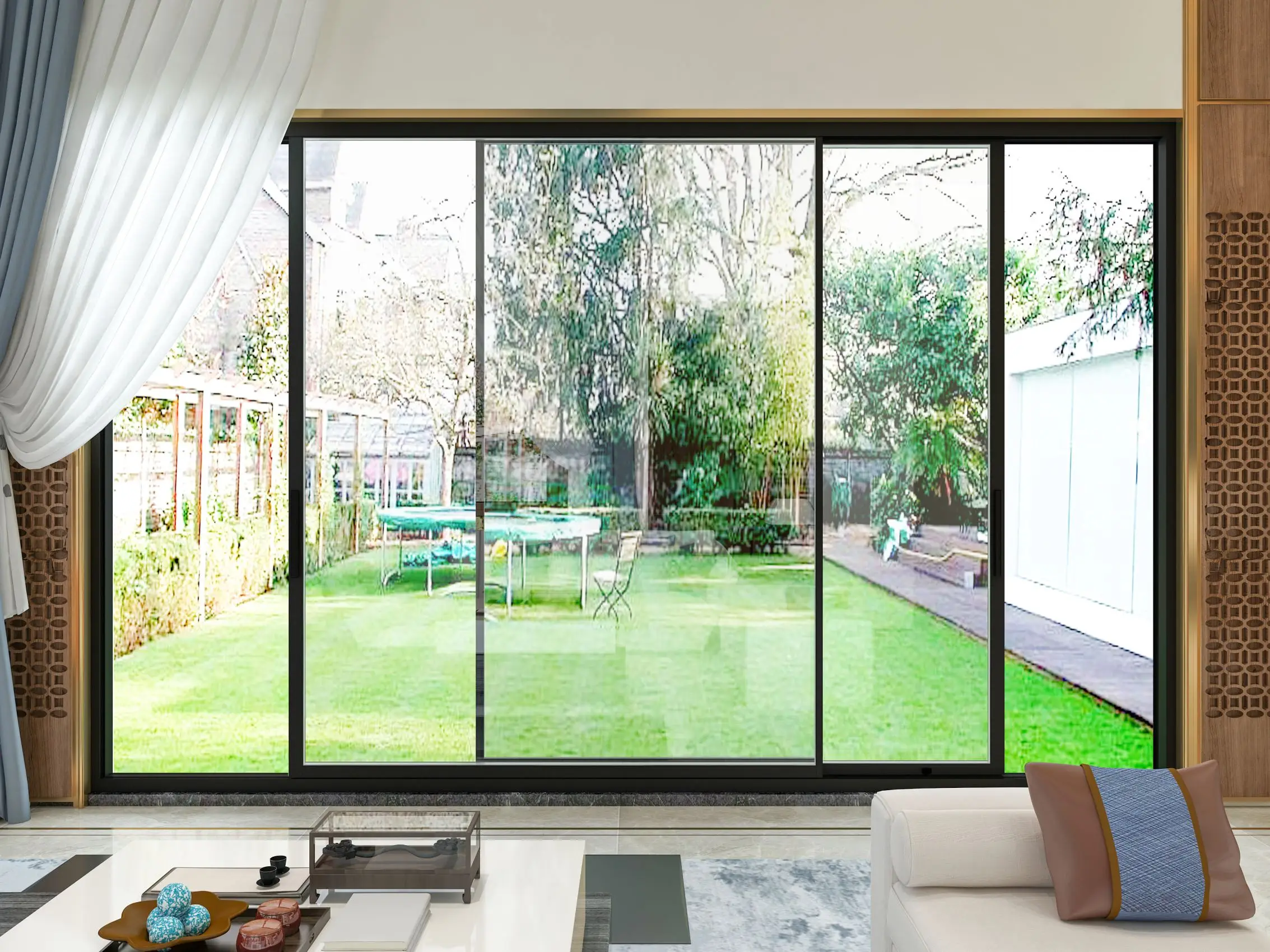
Psychological and Emotional Impact
Architecture is a matter of feeling. The entry of light, space, and nature through the glass elements has a measurable effect on well-being. Studies share results where more natural light and visibility outdoors reduce stress, better focus, and improve mood.
Outside, slim frame sliding doors are wellness implements. They help to achieve biophilic design by allowing the users to reconnect with nature and observe changes in daylight hours as well as different seasons. Transparency nurtures caution and consciousness of what is happening outside the room.
A New Paradigm in Modern Architecture
The future of architectural design is in the integration: integration of material with light, the integration of human comfort with environmental sensitivity. Outside, narrow bezel sliding doors are the perfect embodiment of such integration.
They are indicators of development: systems that bring together engineering exactness, aesthetic moderation, and environmental cleverness. In the next decade, when climate-responsible and energy-aware design is made a norm, these doors will not be opulent features but rather mandatory architectural elements.
It goes to the language of design. Flow rather than enclosure. Transparency rather than opacity. Continuity, not separation.
Outdoors, narrow bezel sliding doors are beyond being a trend. They are an expression of life. Luxury redefined not by embellishment but rather by space, silence, and simplicity.
To step through such an opening is to know the joinery of engineering and emotion, where walls fall and architecture becomes the sky, the sea, or the garden. It is an age-old hope in buildings from modern homes through structures for commerce that are free to live within order. Beauty happens in the open. These are not doors. They are thresholds into another way of seeing the world.

